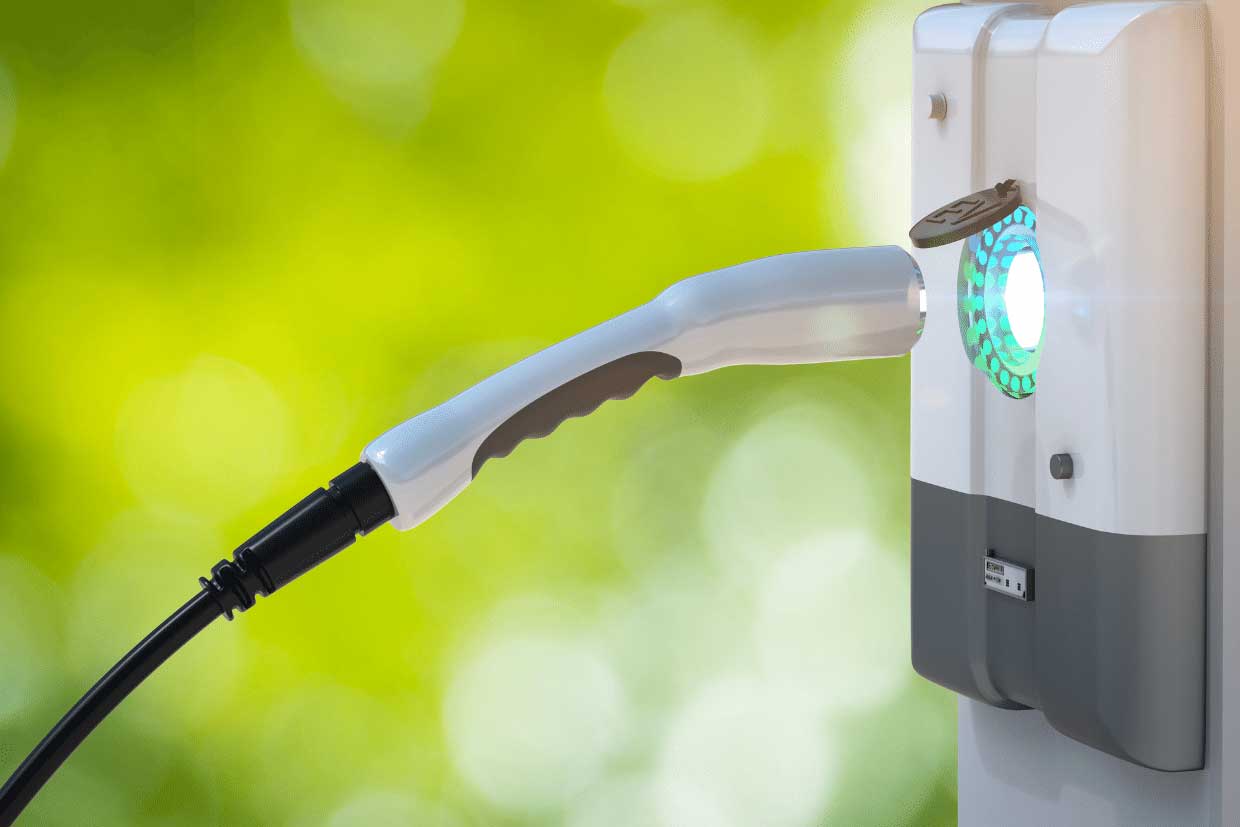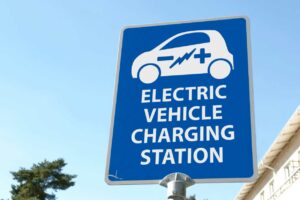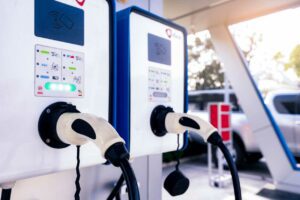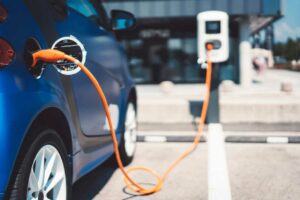Learn how to charge electric vehicle at home
The number of people purchasing electric cars is expanding. To match the expectations of the public, car manufacturers are releasing new models every few months. At the same time, the demand for home charges has increased drastically and the consumers have a growing selection of home chargers to choose from to keep their batteries charged every night. The majority of EV charging takes place in private homes. After all, it is the method that allows for the cheapest and most convenient charging of electric vehicles. In point of fact, the majority of people who drive plug-in electric vehicles charge their batteries at home more than eighty percent of the time. Charging your electric vehicle’s battery at home is the method that is the most cost-effective and makes the most use of the space available, regardless of whether you live in a house, an apartment, a parking garage, or in private parking. In this article we are going to provide you a guide of how to charge an electric vehicle at home.
Is buying a home EV charger an easy decision to make? The truth is that there is a lot to take into consideration, despite the fact that the procedure of plugging in and charging is frequently a relatively straightforward one.
For an example, you must first gain an understanding of the power limitations imposed by the electrical system and outlets in your home. After that, you must select which kind of charger you want to purchase, where you will place it, what additional functions you require, and how much you are willing to spend.
There isn’t much of a difference when it comes to charging a phone at home and charging an electric vehicle at home. You will need a power supply as well as something to connect it to. Here, you will insert one end of the charging cable into the socket on your vehicle and insert the other end of the cable into the power supply.
There are essentially two primary methods that can be used to charge electric vehicles at your residence.
-
A standard three-pin plug and socket
You should be able to plug your automobile into a standard three-pin socket at home using a cable and converter that come standard with your vehicle. However, this method only adds around 10 miles per hour to the total range because it is so slow.
-
A dedicated charging point for use in the home
A dedicated home car charging point is also referred to as a “wallbox,”. It is significantly quicker and safer for use over an extended period of time. They are attached to the wall of your house and should be positioned in such a way that it is easy for the charging line to reach your car. To accomplish the electric vehicle charger installation for you, you will need the assistance of a trained electrician.
How many miles do you travel in a typical week, and does your place of employment provide charging stations for cars?
This is a very basic question. We are starting with these questions because you may be in the enviable position of having a short commute to a company that is equipped with car chargers. If this is the case, then consider yourself fortunate. If this describes your situation, then you may not even require the installation of a charger in your home, provided that your company does not object to you charging the battery for personal usage in addition to commuting use.
Is there a public station to charge electric vehicles located in close proximity to where you live?
If there are public chargers located close to your house, you might be able to utilize them for a fee instead of putting in your own charging station to charge an electric vehicle at home.
You should make it a habit to check how busy the public charging stations in your area are on a regular basis, as it’s possible that you won’t always be able to use them when you need to. If you live near a public charger and your place of employment allows you to charge there, then between these two alternatives, you might be all set to charge your electric car. However, you probably can’t count on them to fully satisfy your electric car charging requirements.
If you plan to charge your electric vehicle using public charging stations, you should be aware that the number of people purchasing electric vehicles is growing, which means that the charging stations close to your home may soon be in more demand, making them less convenient. They also cannot be relied upon as well because there could be occasions when you will arrive at a charger only to discover that it is not operational or heavily crowded.
What you need to know about the power of a charger?
There are several measurements, such as volts and amps, that can be used to measure the power and speed of an electric car charger. Kilowatts, which is abbreviated as kW, is one of the most used units of measurement. Out of the charges, the public chargers are the slowest.
Because it is possible that your current vehicle is unable to take in electricity at the faster rates, but it is likely that your next vehicle will be able to, we recommend that buyers consider spending more money on a faster charger now, so that they do not have to upgrade to a new one when they purchase their next electric vehicle.
The maximum capacity of home chargers is 22 kW (depending on the wiring in your home), which is sufficient for a full charge in a single night.
What You Need to Know About the Charging Speed of Electric Cars?
Have you ever plugged your gasoline-powered vehicle into an electrical outlet inside your home to prevent the battery from dying while it was below freezing outside?
Yes? Did you know that the same outlet may also be used to charge electric vehicles at home? This method of charging an electric vehicle is referred to as level 1 charging. The charging station required for this kind of charging is typically included with the vehicle when it is purchased. Consequently, owners of fully electric vehicles have access to level 1 charging stations.
Now, we are aware of what you are thinking: “In order to charge my electric vehicle at home, all I need is a standard household outlet? Nope! It’s not as simple as that. There is further information to learn about the charging speed of electric cars and how to use level 1 charging.
Even though utilizing a level 1 charging station is the easiest way to begin charging your electric vehicle at home, this type of charging station is typically only utilized in times of crisis or for troubleshooting purposes on the side of the road. The trunk of the car is where it stays the vast majority of the time.
When traveling at a speed of around 9 kilometers per hour, it can take more than 24 hours to offer an optimal battery charge of 80 percent. They can only charge one electric car at a time, and you cannot charge any other electric items using the socket that they provide.
You are now aware that in order to take advantage of a quicker charging speed while at home, you will need to outfit yourself with a charging station that is more efficient than the one you currently have.
Let us introduce a level 2 charging station. This could be the best bet for getting a full charge on your electric vehicle as quickly as possible at home. It is possible to install it on the side of your house, inside a garage, or even in your personal parking lot. In addition to this, it needs to be hardwired directly into your home’s energy supply, which can call for the assistance of an experienced electrician.
With a level 2 charging station, it is capable of providing an optimal battery charge of 80 percent in four to five hours at a charging speed of around 22.5 kilometers per hour for a plug-in hybrid vehicle and up to 45 kilometers per hour for an all-electric vehicle. It is either connected to the electrical panel via a direct connection or inserted into a specialized outlet. Therefore, a level 2 charging station is an essential component for fully appreciating all of the benefits that come with charging at home, including its ease of use, dependability, and cost savings.
There is such a thing as a level 3 charging station, but it will set you back thousands of dollars and it has energy requirements that much exceed what is available in a typical home.
If you want to be able to charge an electric vehicle (EV) at home, the next important step is to install a level 2 charging station in your garage. These vary more and more as a direct result of the growing number of different kinds of electric vehicles that are available today. As a result of this, you will be required to select a charging station that is ideally suited to both your requirements and your way of life.
Instructions on how to get a charging station for electric vehicles installed in your home
Charging stations for electric vehicles require installation by trained professionals. The cost of installation is going to be factored into the overall price of the unit if the charging provider is certified.
The charge point must be affixed to the wall of an external wall or garage, in close proximity to the location where your vehicle will be parked, before it can be safely connected to the primary source of electrical current. The installation process should take approximately three hours to complete, however this time might vary based on the specific needs of the driver and the degree of difficulty of the installation.
It is always a good idea to be at home during the installation of your charging station. The best charging providers will not only install a EV charge point in the location that is most convenient and neat for you, but they will also demonstrate how to charge your vehicle and answer any questions that you may have.
Is it possible to position a charging station for vehicles at any property?
This is something that is highly dependent on the sort of home you reside in as well as the owner of the property. If you are renting, it is highly unlikely that your landlord will give you permission to install a car charger. Nonetheless, there is no harm in inquiring about this possibility to make sure. If you own a home that has a garage or driveway, you should definitely invest in a car charger for your own vehicle. It is possible that you may need to hire an electrician to come to your home and upgrade your wiring or install a 240 volt outlet; however, having this done is not particularly difficult. Before scheduling the installation of a charger, you will need to check with your landlord if you live in an apartment and have a reserved parking place, such as one that is located in the parking lot below the building.
Conclusion
When it comes to the topic of charging electric vehicles at home, things can often get fairly complicated quite quickly. This is in contrast to the ease with which electric automobiles can be driven. When it comes to charging an electric car at home, here we’ve compiled a complete guide that’s going to assist you. Hope you guys make use of it.







